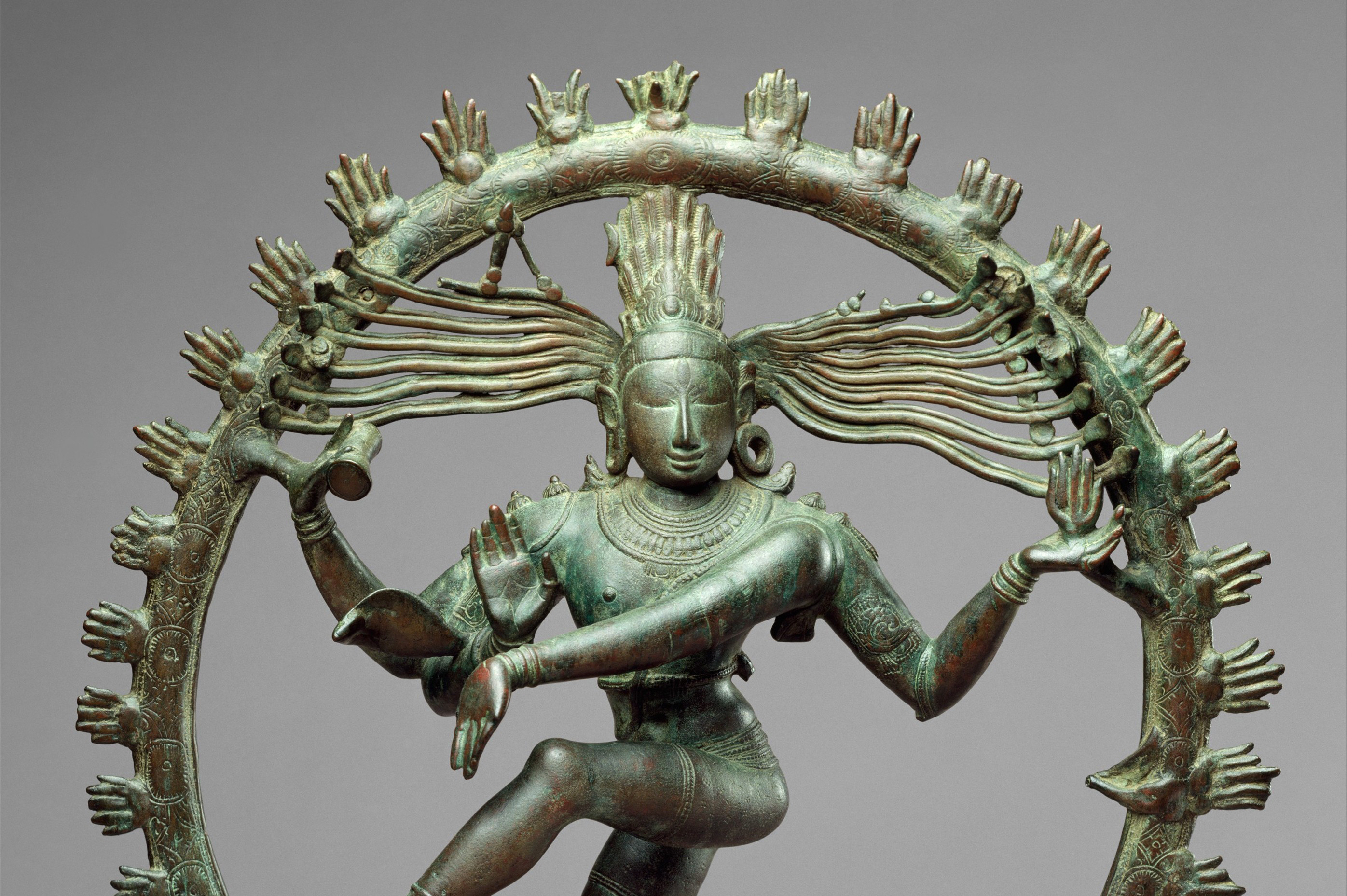
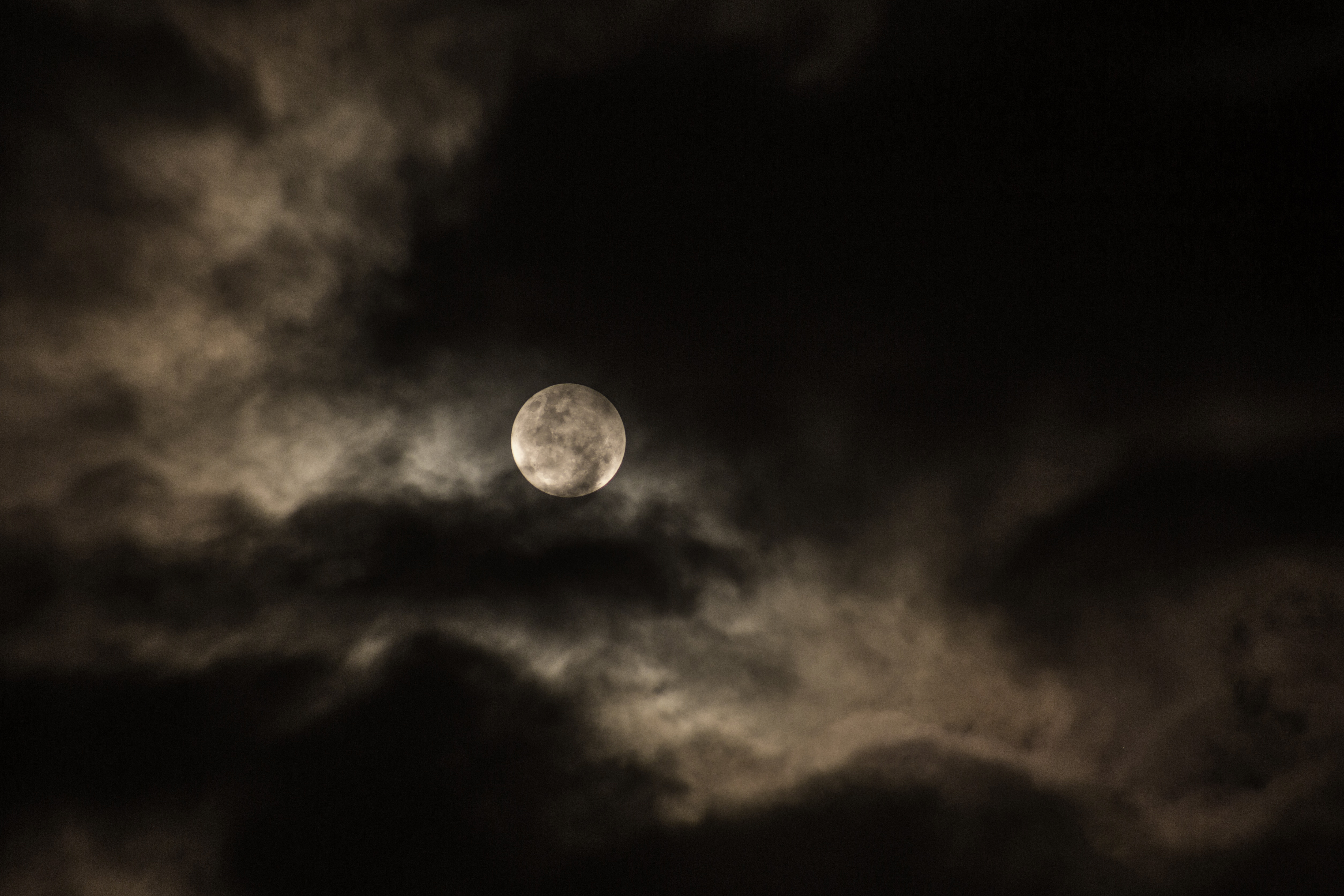


The beauty and mystery of the Moon has always evoked a sense of wonder and awe in the human mind. Our earliest myths were centred around it. But it is in the Vedic worldview that a very profound connect between the mind and the Moon is articulated
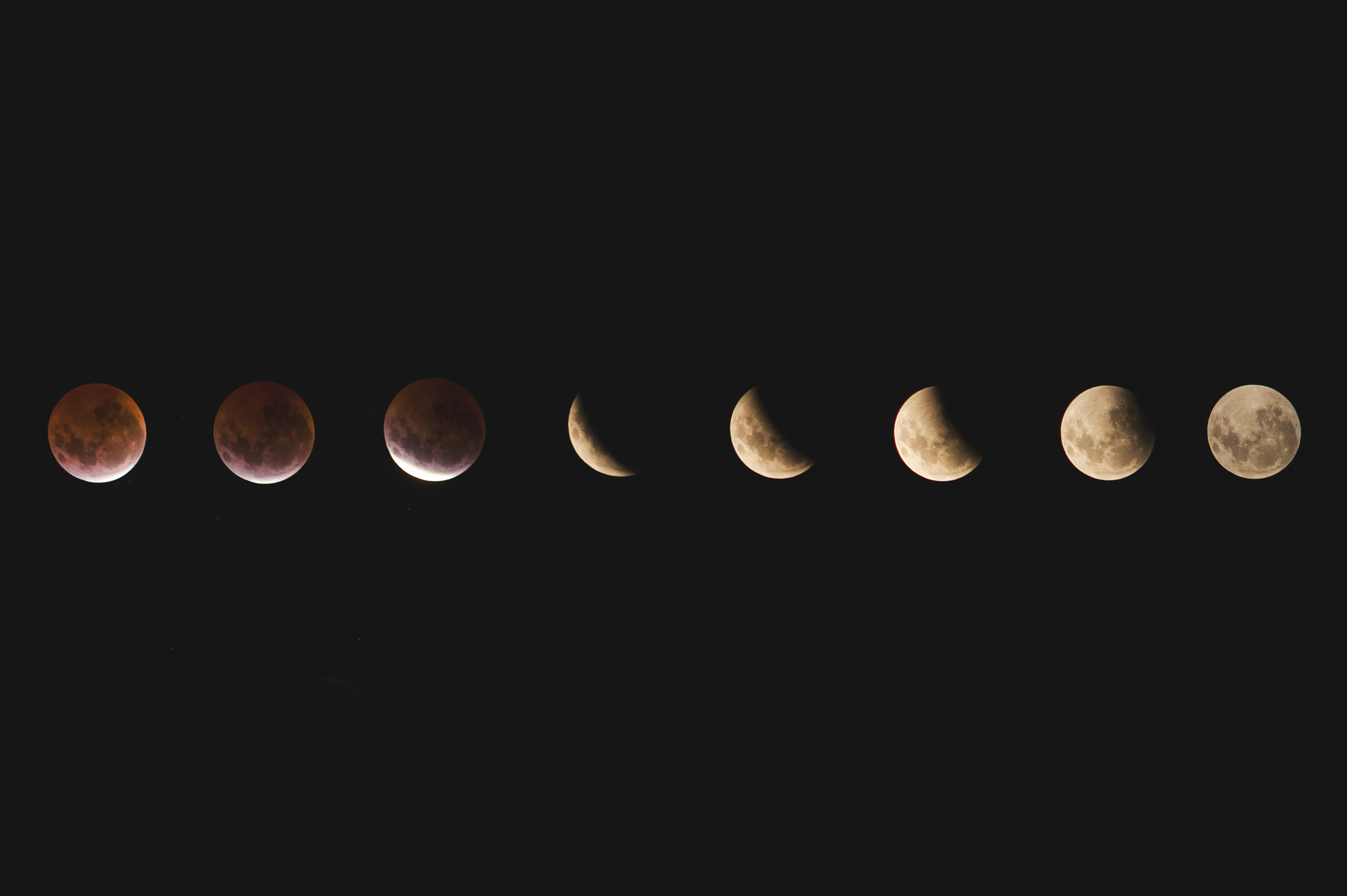
A longstanding western tradition holds that the man was banished to the moon for a crime, like stealing. According to Dante’s Inferno that man was Cain (of Cain and Abel, the first two sons of Adam and Eve) – the Wanderer, forever doomed to circle the Earth because he killed Abel, his brother. In Norse mythology Máni is the male personification of the moon who crosses the sky in a horse-drawn carriage. He is continually pursued by the great wolf, Hati who catches him on the ‘Moon’. And then we have ‘Man in the Moon’ a pareidolic image of a male face that indoctrinates generations of children to believe in the masculinity of the moon.
This masculinity of the moon reached dramatic proportions when, during the Cold War, the arms race led to the infamous ‘race for space’ and specifically, a heated competition between the then USSR and USA to see who would conquer the Moon first. So ferocious was the competition between the nations to land the first man on the Moon that historians (who tended to be male) called it the Pearl Harbour of Space. It became territorial, nationalistic, a battleground. It was called a Space War – the fight to see which country would win this fight for the first moon-walk. Ironically, today the fight continues; only the battlegrounds have changed.
If you google facts about the moon-landing, some absurd facts come up: although Neil Armstrong was the first man to step on the moon, Buzz Aldrin was the first man to pee on the Moon. Sending a man to the Moon cost the same amount of time and money as finding Osama bin Laden, roughly 10 years and 100 billion dollars; and worst of all, during the Cold War the USA considered dropping an atomic bomb on the Moon to show military superiority. What a play of masculine bravado!
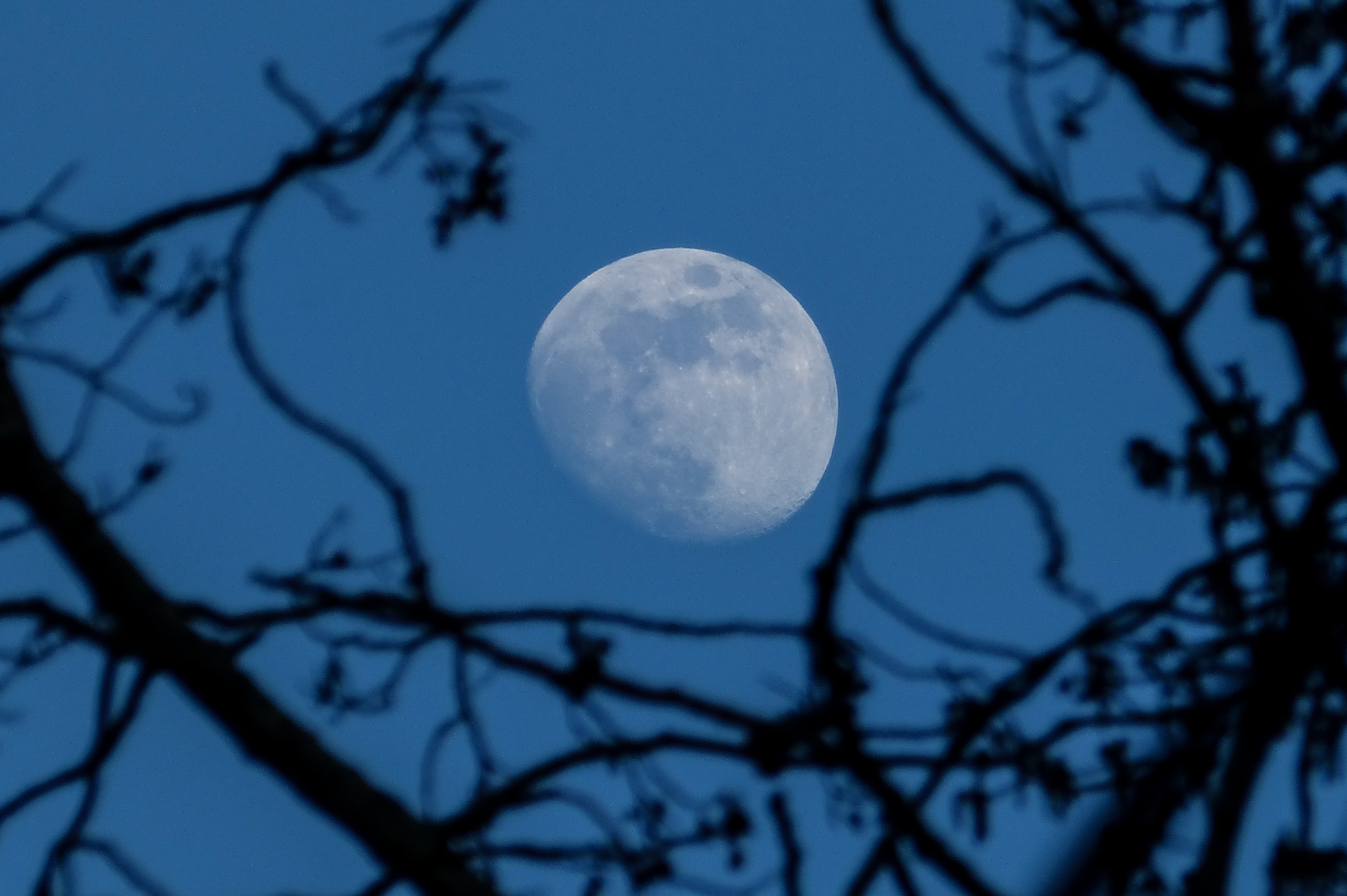
The Rig Veda says “chandrama manaso jaathah”, out of the Mind of the Purusha (Godhead) the Moon was born. So, the waning and waxing of the moon is the growth and decline, birth and death of the mind.
But here’s the fact of monumental significance that most people ignore. On July 20, 1969, 3 minutes before the astronauts aboard the Apollo 11 lunar module were about to make their historic landing on the Moon, alarm bells sounded. The computer running the lunar model at the time was trying to shift to a radar system. If the systems were allowed to make the shift, the mission would have to be aborted, and the astronauts would have to turn back and return to Earth. Fortunately, a different set of instructions took control of the computer and the mission continued. The Apollo 11 lunar module landed, and astronaut Neil Armstrong became the first man to step onto the surface of the Moon.
Now, here’s the interesting part; it took a woman to put men on the Moon! The code was developed by a team of software engineers at MIT’s Software Engineering Lab led by Margaret Hamilton. Hamilton, an exemplary woman, was honoured by President Obama in 2016 and awarded the Presidential Medal of Freedom, USA’s highest civilian award. But whilst we can applaud that it was a woman who put the men on the Moon, the fact is, the perception of the Moon in the west is very much masculine, spoken about within the realm of conquest of alien land and state-of-the-art technology that marked an unforgettable milestone of mankind.
When we look at the Moon from an Eastern perspective, particularly India, there is a vast difference. The Moon is a spiritual energy that invokes and provokes profound thoughts. Take Sharad Purnima – a Full Moon at the time of harvest, in the Hindu calendar month of Ashwina. It is a time of reaping the abundance of nature and sharing the bounty of nature’s produce with near and dear ones. It is believed that on this night of the Full Moon, Goddess Lakshmi, the goddess of wealth of wisdom and more popularly, the goddess of material wealth, moves around in the celestial sky, asking `Ko jaagarti’? In Sanskrit it asks, ‘Who is awake’?
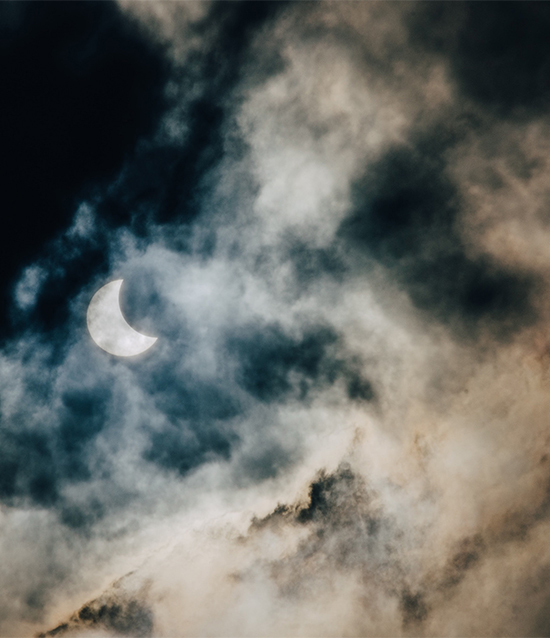
The (Vedic) relationship between the Earth and Moon is the opening of the first cosmic window that enquires the nature of reality—from microscopic to macroscopic, from profound Vedic notions of Shounya (nothingness) to Ananta (ever expanding infinity).
This is an invocation to those who are on a quest towards self-discovery and transcendence—a search for people who are awake spiritually. The Full Moon presents a profound query: are we in-tune with the orchestra of life and the symphony of the universe? Who amongst us – those who are finite – have found cosmic resonance with the Infinite, the Absolute? Who is awake to dream beyond mere bodies, cycles of births and deaths and move into the realm of cosmic unity of Atma, our subjective consciousness with Brahma, the universal consciousness? This is what the eastern philosophy (not religion) of Vedanta tells us about the energy and meaning of the Moon. The Vedic Moon is a symbol of profound inquiry and inner exploration and continues to be celebrated as it was thousands of years ago.
The Moon is equally significant in its absence too. Amavasyas or dark moon nights have their own significance. It is said that the moon has 16 kalas or fractions. In the waning phase the fractions reduce every night till the moon is completely annihilated on the New Moon night. After that, with the waxing of the Moon, every day the fractions add up until it is luminous as the Full Moon. The Moon is seen to be closely related to manas and is considered the deity of the mind. The Rig Veda says “chandrama manaso jaathah”, out of the Mind of the Purusha (Godhead) the Moon was born. So, the waning and waxing of the Moon is the growth and decline, birth and death of the mind. Interestingly, it is the opposite of what Rene Descartes, French philosopher, pronounced as an absolute and irrefutable notion in Western philosophy: “I think therefore I am”, meaning, man is defined by his mind.
But the ultimate aim of Vedic spiritual practice is to control and finally destroy the mind. It has to be killed, because it is the mind that creates maya (the veil of illusion); and it is only in its death that a profound reality, beyond the phenomenal, becomes accessible to us. The Vedic Moon is lyrical, philosophical, uplifting and transformational. The relationship between the Earth and Moon is the opening of the first cosmic window that queries the nature of reality—from microscopic to macroscopic, from profound Vedic notions of Shounya (nothingness) to Ananta (ever expanding infinity).